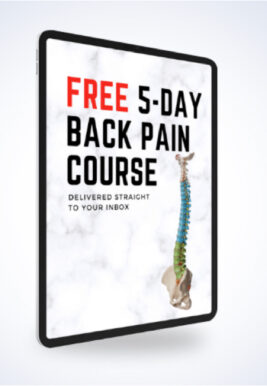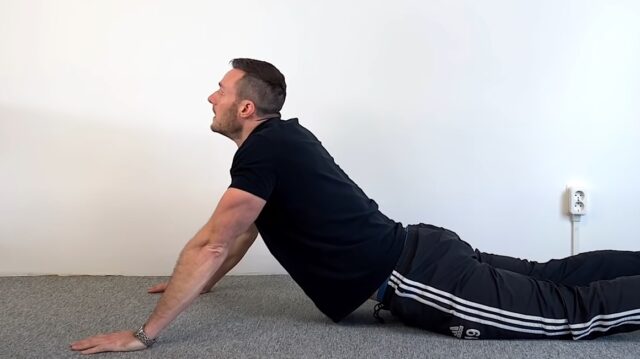Learn
Direction-specific exercises for low back pain
Directional preference and centralization are two phenomena described in the “derangement” classification of the McKenzie concept. Directional preference means that repeated movements in one direction, so either flexion, extension, or lateral flexion of the lumbar or cervical spine are able to progressively abolish symptoms and or increase lumbar range of motion. A systematic review of May et al. In the year 2012 found the 70% of patients did exhibit such a directional preference.
The McKenzie concepts also talk about the phenomenon of centralization. Centralization is a symptom response to repeated movements that is characterized by the abolition of spinal pain and referred spinal pain symptoms in a distal-to-proximal direction. According to the review of May, 44% of patients presented with centralization. The prevalence was higher among younger patients and in acute low back pain (74%) in comparison with patients above 65 or if back pain was persistent (42%). The presence of centralization was also a useful treatment effect modifier in 7 out of 8 included studies.
MASSIVELY IMPROVE YOUR KNOWLEDGE ABOUT LOW BACK PAIN FOR FREE

In the case of directional preference and/or centralization, a patient’s symptoms can often be modified by performing repeated movements in the preferred direction.
In the following, we will show you a couple of examples for the lumbar spine that we find useful in practice for patients with acute low back pain with or without radiculopathy. Be aware that this is absolutely no strict application of the McKenzie concept whatsoever:
References:
References:
Jarod Hall: https://www.youtube.com/watch?v=OmVla0VdunA
References
Jarod Hall: https://www.youtube.com/watch?v=OmVla0VdunA
Like what you’re learning?
BUY THE FULL PHYSIOTUTORS ASSESSMENT BOOK
- 600+ Pages e-Book
- Interactive Content (Direct Video Demonstration, PubMed articles)
- Statistical Values for all Special Tests from the latest research
- Available in 🇬🇧 🇩🇪 🇫🇷 🇪🇸 🇮🇹 🇵🇹 🇹🇷
- And much more!








